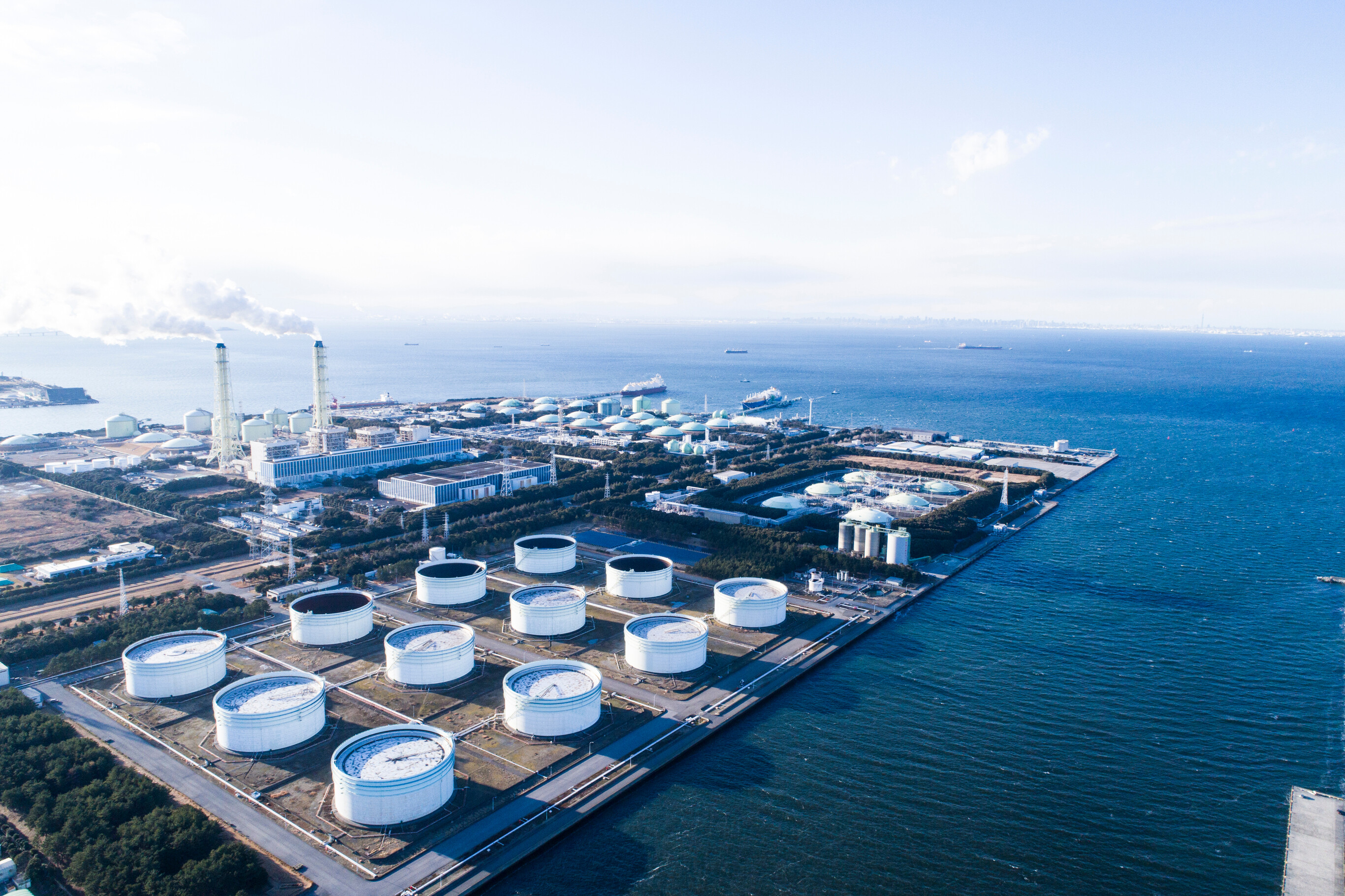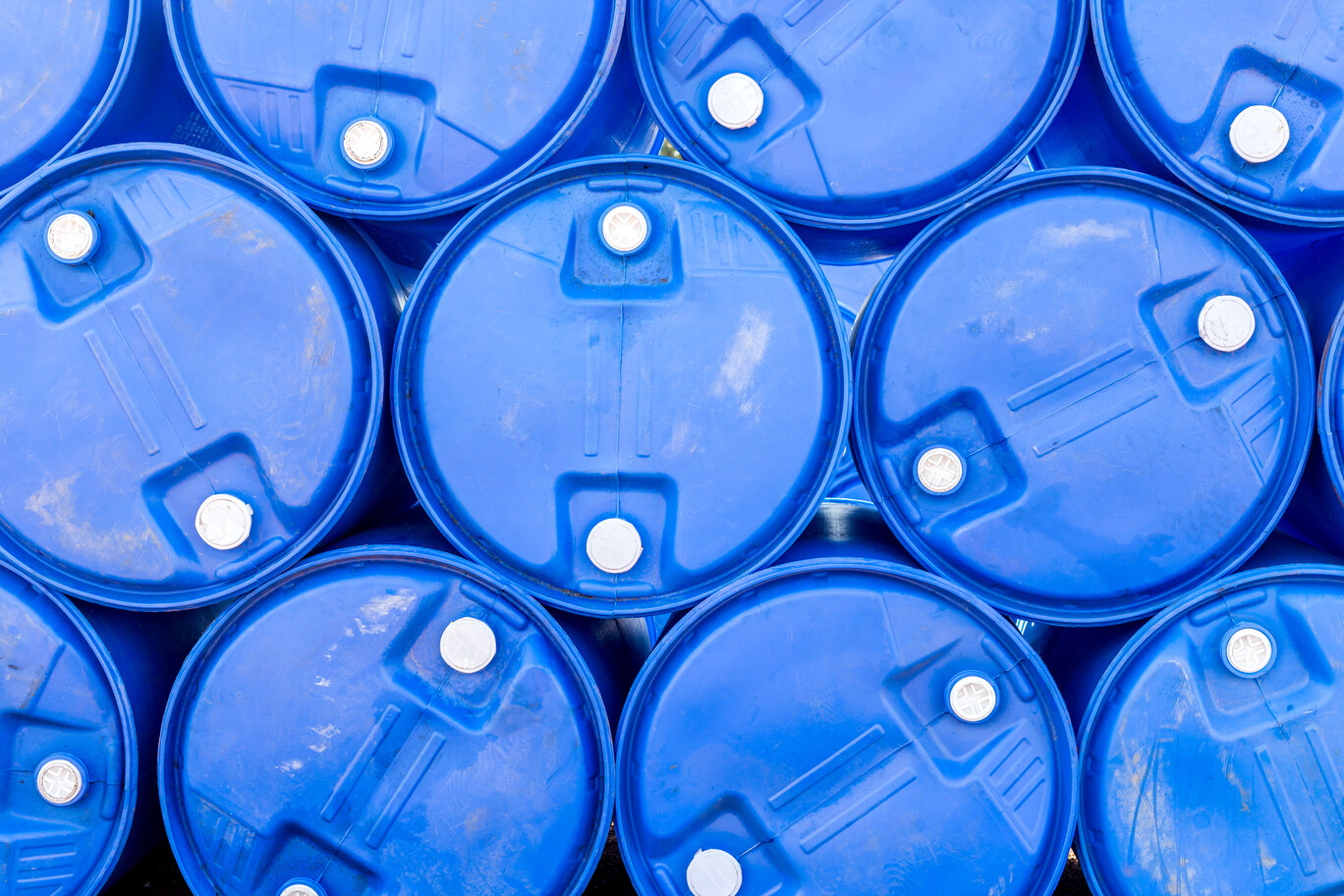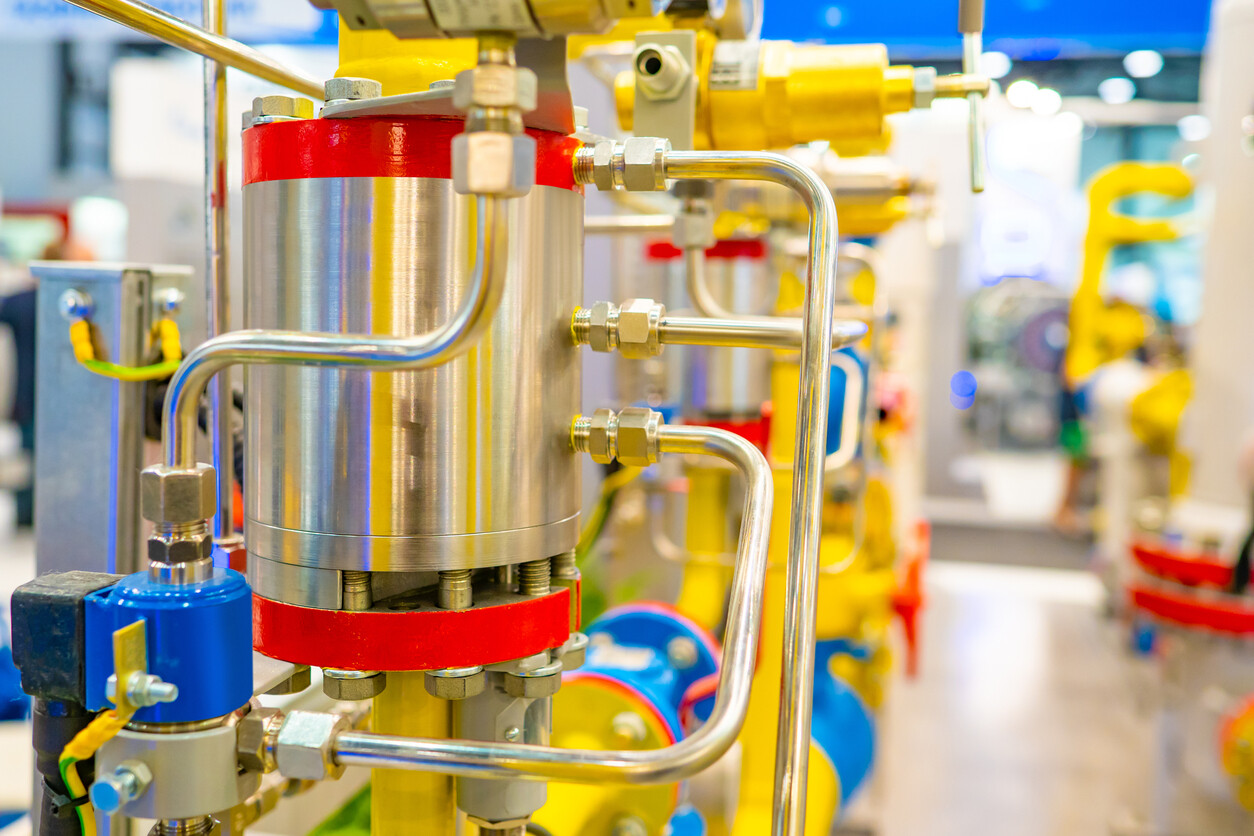
Chemical recycling explained: an overview
It may sound wrong these days, when sustainability is on top of everyone’s agenda, but plastic is, in fact, pretty fantastic: it’s lightweight yet strong and really durable. Since its invention, plastics have revolutionized sectors like healthcare, where they are essential to patient and health worker safety. Unfortunately, far too much plastics end up in our environment. The good news? There is a way to convert plastic waste into value-added products that boost circularity: chemical recycling.
Let’s dive into the topic, starting with the basics.
1. Plastic recycling: the basics
What are plastics?
To grasp the concept of chemical recycling, it is key to know that plastics are made from oil or petroleum and produced through a polymerization process. As a result, they contain long chains of molecules, which are combined to create polymers.
Plastics are categorized according to their primary polymer material. The major plastics we encounter in our daily lives include such polymers as PET (polyethylene terephthalate), HDPE and LDPE (high-density and low-density polyethylene), PVC (polyvinyl chloride), PP (polypropylene), and PS (polystyrene). All of these plastics differ in size, color, usage, and recyclability.

How are plastics recycled?
The world produces 380 million tons of plastic per year. Traditionally, the only way to recycle plastic waste was using mechanical recycling: a process involving sorting, grinding, separating, washing, melting, and then cooling it back to granulated recycled plastic. However, that process is only possible with certain types of plastics, and only if they are made up of single polymers. PET beverage bottles and HDPE containers like milk jugs, for example, are easy to recycle.
In reality, however, many plastic items include multiple types of polymers, multiple layers of plastic, or are contaminated with food and grime. That makes it hard – or too expensive – to recycle them mechanically. Instead, they are incinerated or sent to landfills. That’s why few plastics actually get recycled: about 15% in Europe and 9% in the US. Moreover, the plastics that do get recycled are usually downcycled: they get turned into less valuable products.
2. Intro to chemical recycling
What is chemical recycling?
Chemical recycling is a novel approach to plastic waste recycling that opens up a whole host of new possibilities.
The secret? Chemical recycling breaks the plastic waste down to its constituent molecular parts. When plastic is broken down like that, it directly affects the chemistry of its polymers, making it possible to reconstitute them back to their original raw materials – and ready to be reconverted into new polymers or a petrochemical feedstock.
Chemical recycling of plastics: how does it work?
The term ‘chemical recycling’ covers a range of processes and technologies. The technologies fall into 3 distinct categories based on the position of their output in the plastics supply chain:
- Dissolution removes additives from the polymers by immersing them in solvents. The plastic dissolves, returning it to the polymer stage. The polymers can then be reformulated into new recycled plastics.
- Depolymerization uses chemistry, solvents, and heat to turn polymers back into smaller molecules (monomers), which are then fed back into the plastic production process as secondary raw materials.
- Conversion also uses chemistry, heat or catalytic processes in a reactor to break down the plastic waste into either a gaseous (gasification) or a liquid, oil-like feedstock (pyrolysis) like refined hydrocarbons or petrochemicals which are then processed further to form the feedstock for petrochemical-type processing.

3. Feedstock recycling and pyrolysis
Feedstock recycling: the process
The output of feedstock recycling is basic chemicals (e.g., hydrocarbons or syngas), which need to be processed further to yield a polymer. There are two different approaches to achieve that result:
- Gasification: waste materials are heated to a very high temperature (~1000 - 1500 °C) in low-oxygen environments. The oxygen breaks the molecules down to their simplest components. The resulting syngas (a mix of hydrogen, carbon monoxide, and some carbon dioxide) is used to produce a variety of chemicals (such as methanol, ammonia, hydrocarbons, and acetic acid) for plastic production as well as for fuel and fertilizer.
- Pyrolysis (thermal cracking): plastic waste is heated to temperatures over 400 °C under low-oxygen conditions. In the process, long polymer chains are broken down into a range of basic hydrocarbon products like gas, wax, diesel, and naphtha, which can be fed into petrochemical plants to become polyethylene and polypropylene once again or be used directly as a fuel.

The benefits of chemical recycling – pyrolysis in particular
1. Recycles plastic waste that’s always been hard to recycle
Chemical recycling enables the recycling of contaminated and mixed-polymer waste streams, which are unsuitable for mechanical recycling. Still, most chemical recycling technologies have their limits. Chemical depolymerization, for example, can only be applied to ‘condensation’ polymers such as PET and polyamides. Pyrolysis, however, decomposes ‘addition’ polymers like polyethylene (PP), polypropylene (PE), or polyvinyl chloride (PVC), which make up the majority of the plastic waste streams.
Interesting to know: pyrolysis plants can’t process PET because it contains oxygen. In this way, pyrolysis perfectly complements mechanical recycling, which mainly recycles PET bottles.
2. Produces plastics of a similar quality to virgin feedstock
With chemical recycling, plastic waste is broken down and recycled into new chemicals and plastics that perform like virgin materials. This resulting plastic can therefore be re-used in high-quality applications such as food packaging.
3. Reduces the use of fossil resources
Since chemically recycled plastics can be re-used as feedstock for the production of new plastics, fewer newly extracted fossil resources are needed.
4. Cuts CO2 emissions
Chemical recycling can eliminate the emissions associated with incineration and energy recovery.
4. Chemical recycling: huge market potential
While the use of plastics keeps growing, so does the search for recycled plastics. Consumer product companies like Coca-Cola, PepsiCo, and Unilever have made ambitious commitments to incorporate a large percentage of recycled material into their packaging. In addition, governments are seeking bans on single-use plastics, such as straws, cotton swabs, plastic bags, and cutlery, and are mandating greater use of recycled material. The petrochemical sector is looking for recycled plastics to meet that rapidly growing market demand.
As explained earlier, mechanical recycling cannot provide the large numbers of recycled plastics the market needs. Hence the huge potential of chemical recycling. While still in its infancy today, the sector is now growing significantly, with several commercial plants in operation and many more expected to be commissioned over the next few years.
According to the Closed Loop report, technologies that purify, decompose, or convert waste plastics into like-new materials could unlock potential revenue opportunities of USD120 billion in the United States and Canada alone.
There is one key prerequisite, though: chemical recycling will only work if it is deployed on a large scale. And that’s what we at Pryme Cleantech are doing right now?